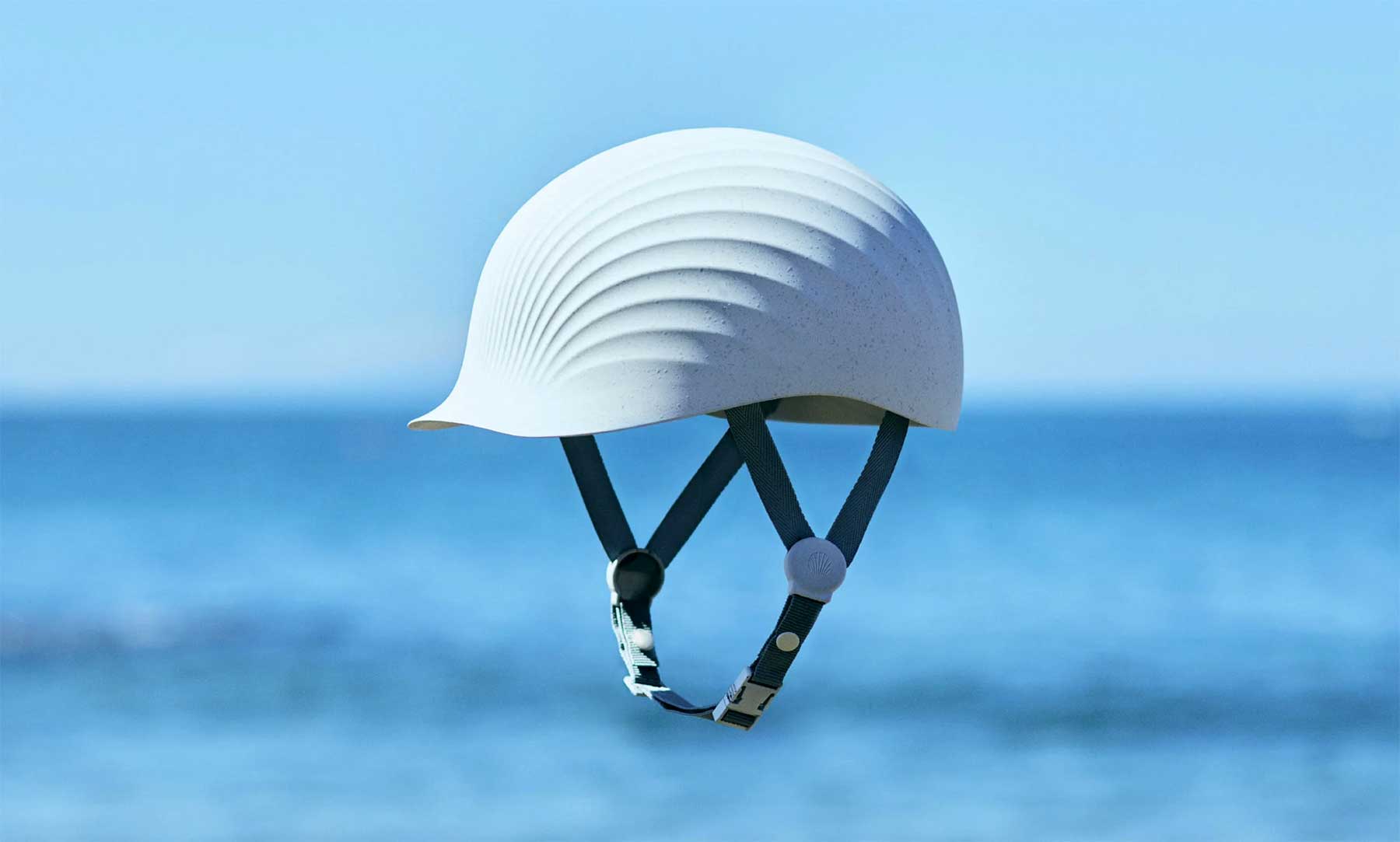
Wie in unter anderem Eierschalen kann auch in Muschelschalen Calciumcarbonat vorgefunden werden. Im japanischen Dorf Sarufutsu gibt es ziemlich viele Muschelschalen – über 40.000 Tonnen an Kammmuschel-Resten werden dort von der Gastronomie im Jahr entsorgt. Die Design-Agentur Quantum hat sich mit dem auf Plastik spezialisierten Unternehmen Koushi zusammengetan, um den „Shellmet“ zu kreieren – einen Helm aus Muscheln (und recyceltem Plastik). Das Kofferwort („Shell“ für Muschel und „Helmet“ für Helm) selbst ist bereits super, auch wenn es sich hierbei lediglich um den englischen Titel für den internationalen Raum handelt. Im Original heißt es „Hotamet“, wobei der erste Teil für das Wort „hotate” (Kammmuschel) steht (der zweite dann wieder für „helmet“). Eine tolle Recycling-Idee, die Müll reduziert und dazu auch noch stylisch ausschaut.
„Based on the idea of biomimicry, Shellmet incorporates a special rib structure in its design that mimics the structure of scallops, which are part of the material. As a result, we have achieved a strength approximately 33 percent greater than normal.“ (Quantum)
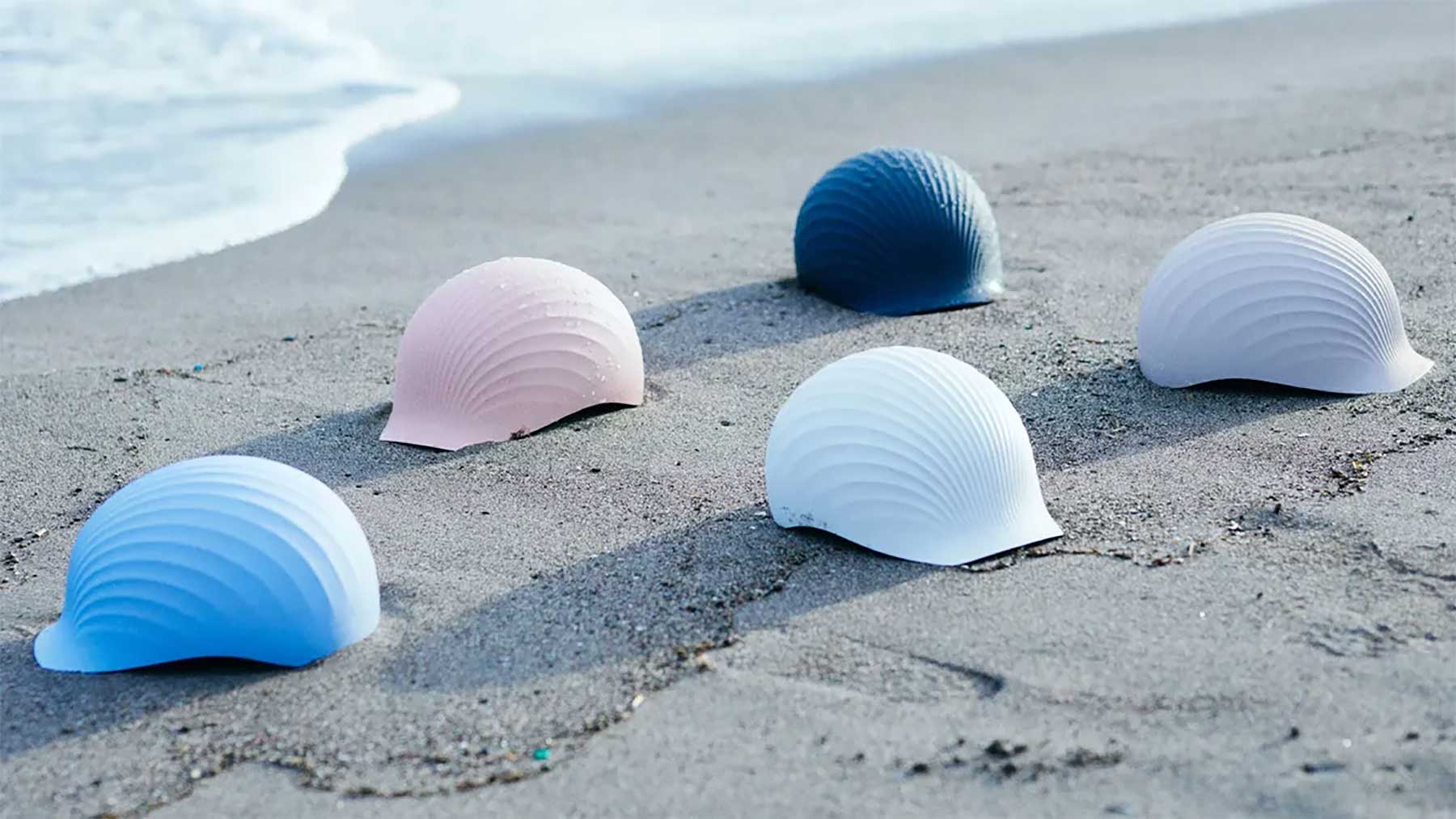
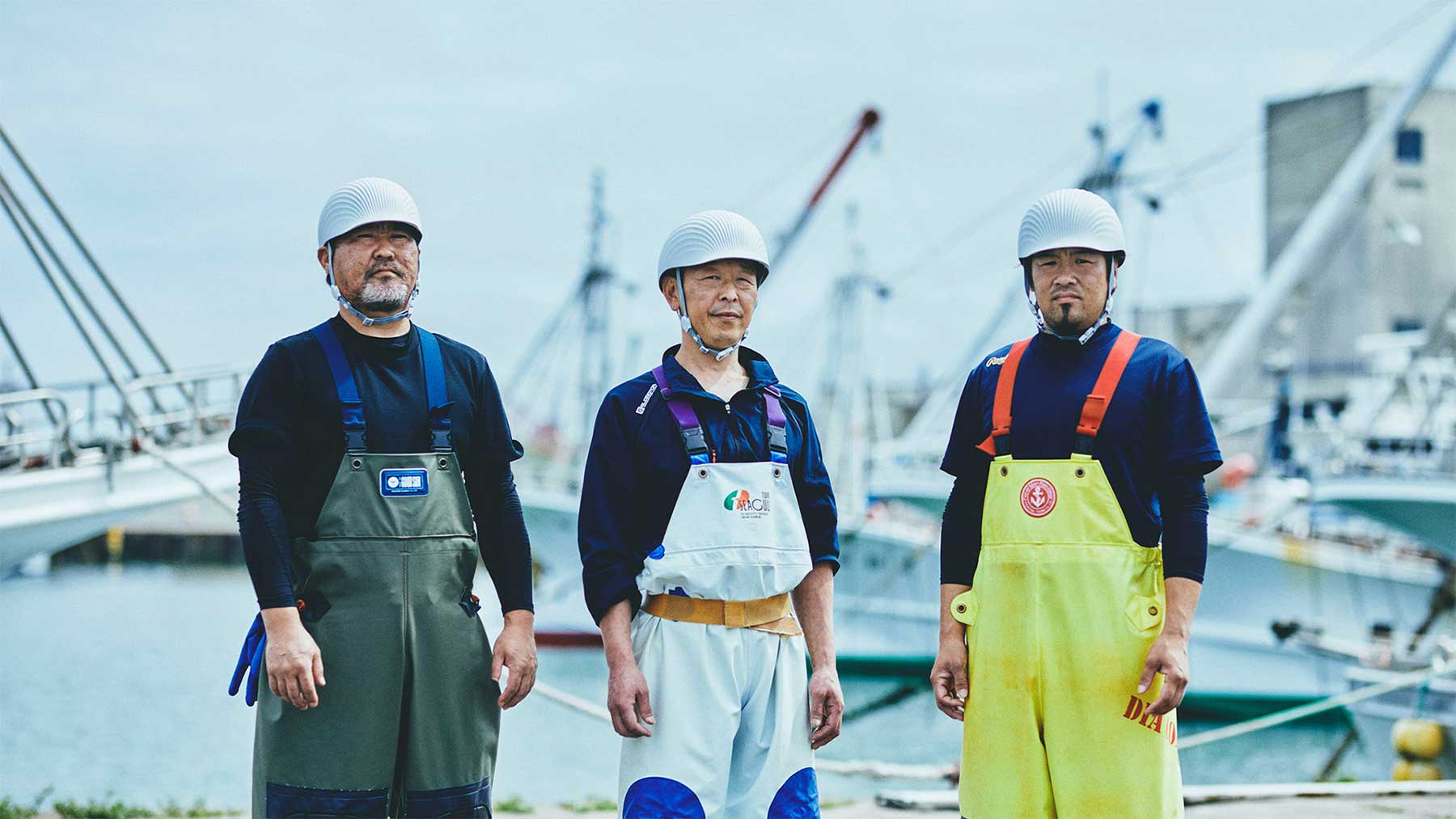
„Scallops are the shellfish that Japanese people eat the most. It was also the shellfish whose shells were discarded the most. Could shells, which used to protect from outside enemies, be transformed into something that protects people’s lives? We at Koushi Chemical are breathing new life into these discarded scallop shells. A completely new helmet, strong and gentle, is born.“
Weitere Informationen zum „Shellmet“ sowie die Möglichkeit, Exemplare vorzubestellen, gibt es hier.
Quelle: „COLOSSAL“ | Bilder: Quantum



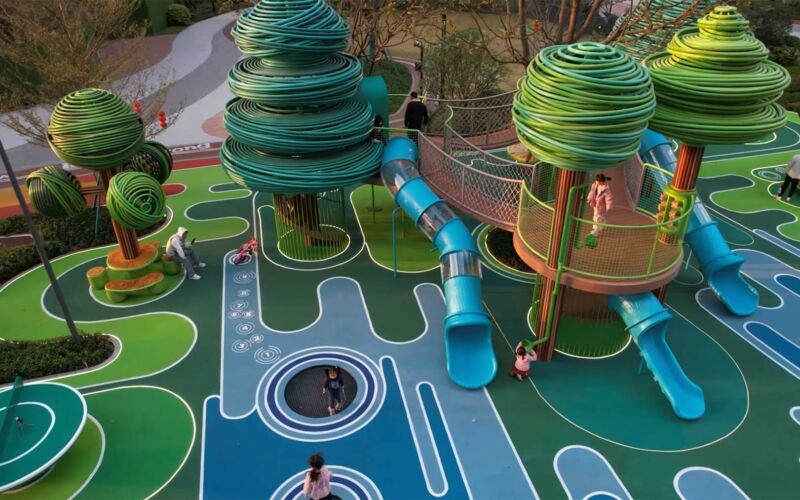
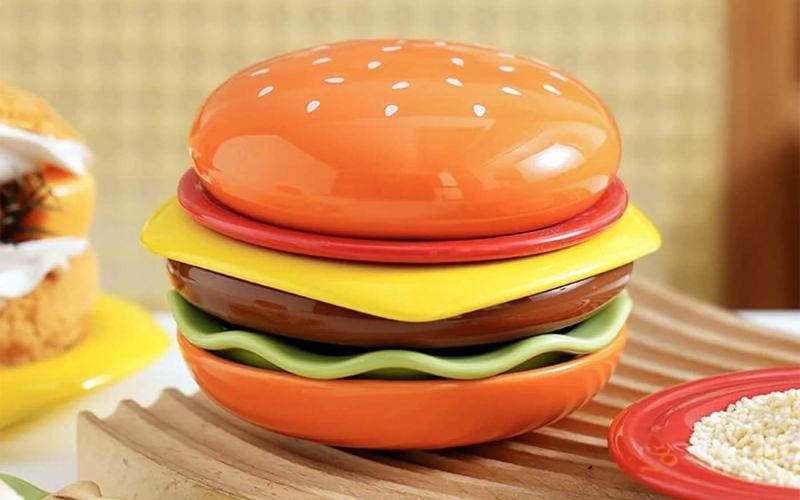
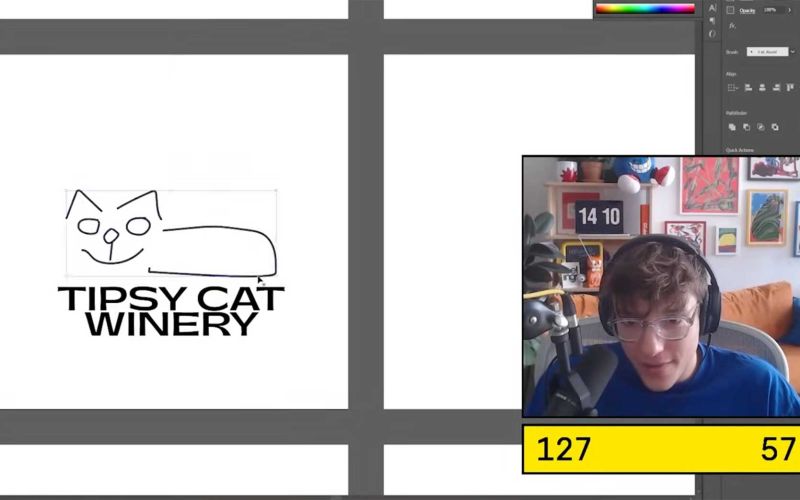

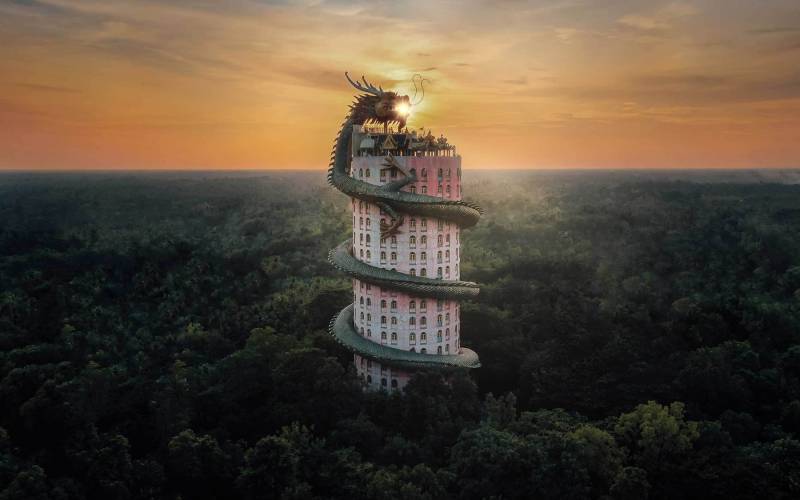
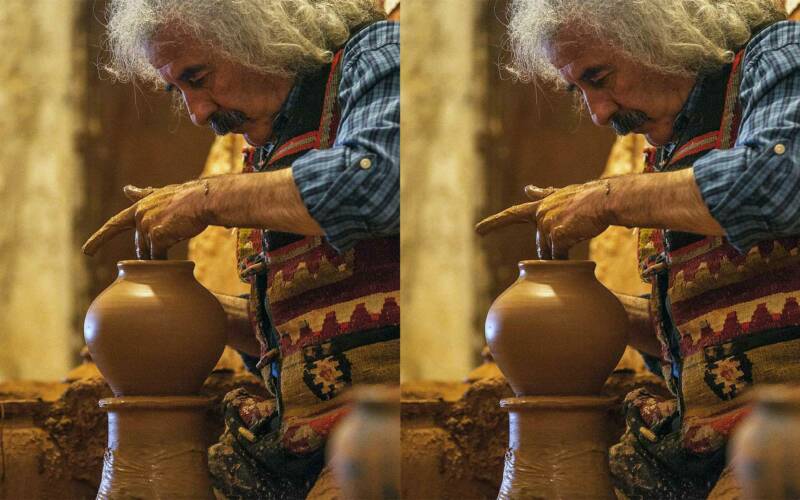
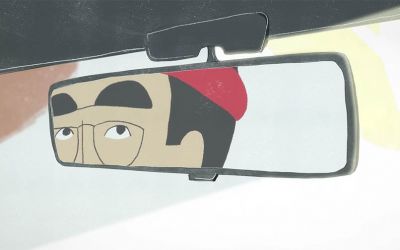
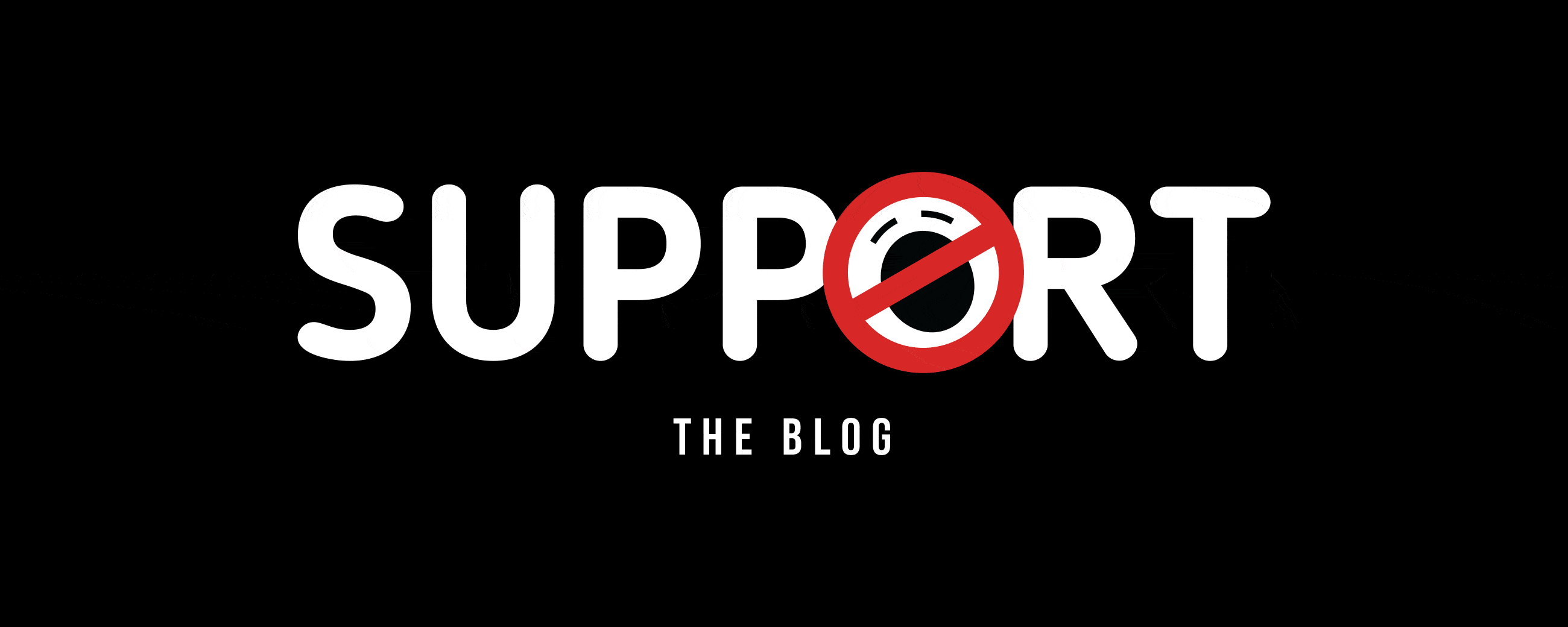



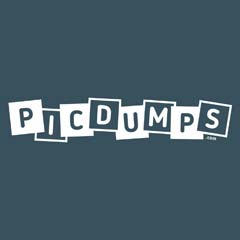



Noch keine Kommentare